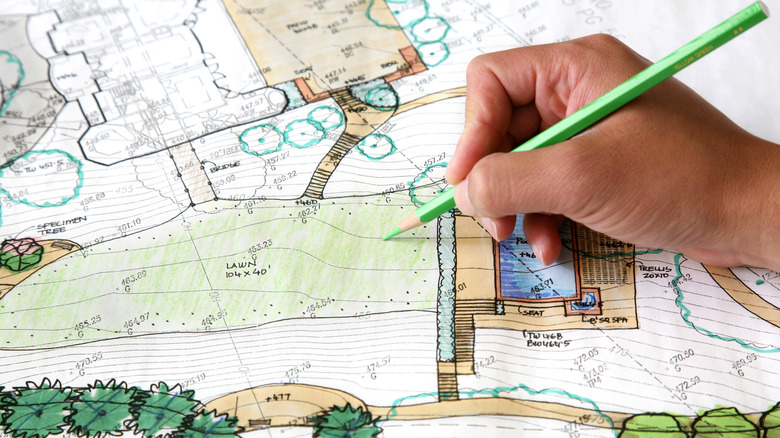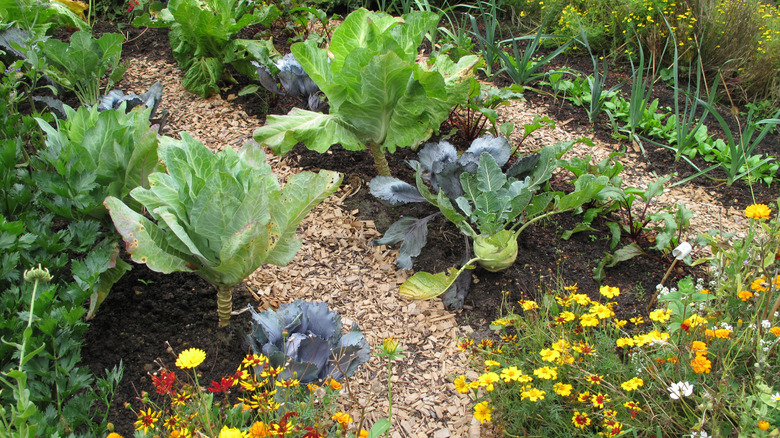Creative Ways To Plan Garden Color Palettes Using Office Supplies
There's always that one neighbor who figures out the perfect way to showcase their garden so it's blooming all year, and it's color coordinated as well. Obviously, they have mad planning skills!
You can duplicate those skills creatively and easily with this clever suggestion from Post-It Notes, and the steps are simple. Sketch out your garden using a grid drawn to scale – 1 foot to 1 inch is recommended. The grid works with a big, square plot, beds running along the driveway or fence line, and even raised beds and potted gardens. Use color-coordinated Post-It Notes and mark each with the plant or flower you'd like to grow. Place the notes on the grid, and then arrange and rearrange your notes until you get the eye-popping mix of color you want.
For inspiration, we have a quick way to use the color wheel and color theory to bring complementary and contrasting shades into your garden. We've also offered some ideas for beds and plots that will bring your outdoor space to life.
If you'd rather, there's a way to mimic this basic technique using other office supplies such as graph paper, colored pencils, or markers instead. This technique creates a more detailed map of your garden might work better if you have very deep plots or curved or wave-like beds along the fence or house.
2-D and even 3-D planning
We use flowers to bring color into the yard, of course. But if you're working on planning a vegetable garden, or planting herbs or fruit shrubs, color is only one consideration. Using office supplies to lay out the garden can be leveraged for a bit more depth than simply coordinating color. For example, before you plant a garden for edibles, experts have a time-tested list of companion plantings, which takes pest prevention, soil health, plant height, and spread into consideration to benefit your garden's health and yield.
Tomatoes, Brussels sprouts, beans, and onions are just a few common plants that shouldn't be planted next to each other. Taking a look at a list of plants like this, and then organizing your garden using Post-It Notes or other office supplies accordingly will help maximize your garden's bounty.
Another way to use your grid and notes is to indicate the height of the mature plant – the last thing you want is for tiny sprouts of corn to tower over your tomatoes once they've reached their full height. Use your notes for this by sticking the paper to your grid and folding the loose end so it sticks up off the paper base. You can use different-sized Post-It Notes to represent ground cover, medium, and tall plants for the vegetable garden or so see how your flower garden will fill in next spring.

